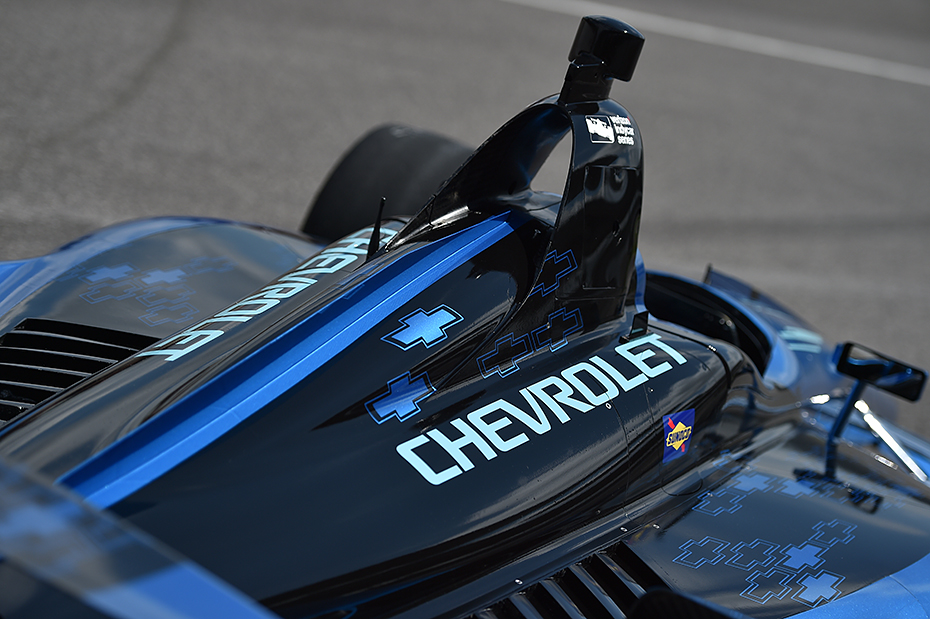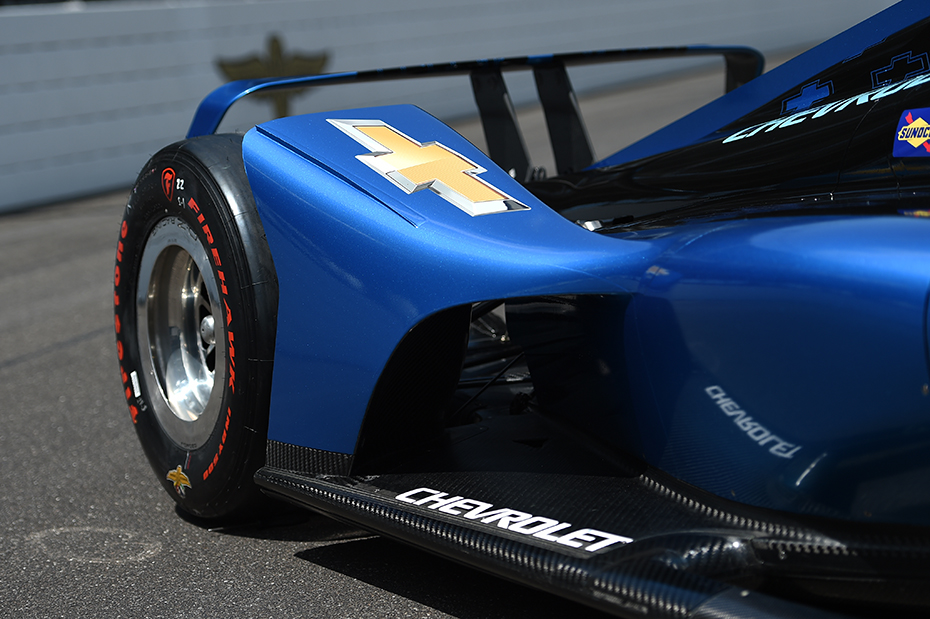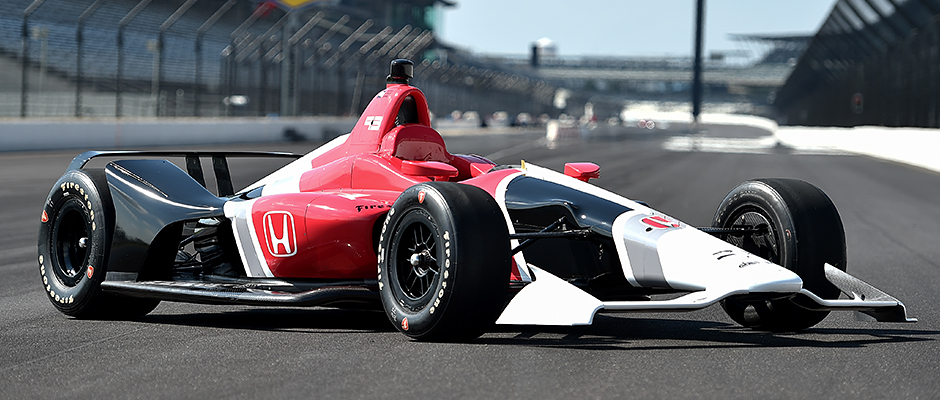The current 2.2-liter, twin-turbocharged V-6 engines from Chevrolet and Honda will continue to be used. Modeling indicates oval-track qualifying speeds at Indianapolis Motor Speedway should be comparable to 2017 Indianapolis 500 speeds. Given the car will be lighter, higher speeds than previously seen at some venues are possible.
Drivers have been asking for the car to generate more downforce from underneath the car instead of on top using the wings. Now, 66 percent of the generated downforce will be at the bottom of the car in road course/short oval configuration, an increase of 19 percent.
Reducing the dependency on topside downforce has eliminated the need for many of the extra aero kit pieces, which added to the turbulent air an Indy car leaves in its wake. At a recent short oval test where some of the new kit’s components were affixed to a current car, the following distance for a trailing car was cut in half, improving maneuverability. If it’s easier to follow, it should be easier to pass, creating an opportunity for tighter, more exciting racing.
Drivers have long been asking for the car’s weight to be moved forward for improved handling. This design has accomplished that.




